This report, written by Tiger Research , analyzes how B3’s open gaming vision addresses real issues in the Web3 gaming industry and its potential to expand into the mainstream gaming market.
Summary of key points
- The Web3 gaming industry has fallen into a slump after an initial speculative boom, with critics pointing to the closed ecosystem structure as a fundamental problem.
- Former Coinbase employees and founding members of Base Chain created B3, a third-layer infrastructure optimized for games. The team developed high-performance, low-cost industry-customized infrastructure and built an open gaming ecosystem based on high interoperability to break through the structural limitations of the Web3 gaming industry.
- B3's vision is not limited to solving the limitations of the Web3 gaming industry. They aim to provide a new paradigm for the traditional gaming industry through a community-centric governance model, a cooperative rather than competitive inter-game model, and an expanded virtual economic development.
1. Web3 game industry crisis: speculation or innovation?
Web3 games were initially seen as a growth engine for the gaming industry due to the new possibilities brought about by blockchain integration. However, contrary to early expectations, public interest quickly cooled, and doubts about its "innovativeness" continued to ferment.
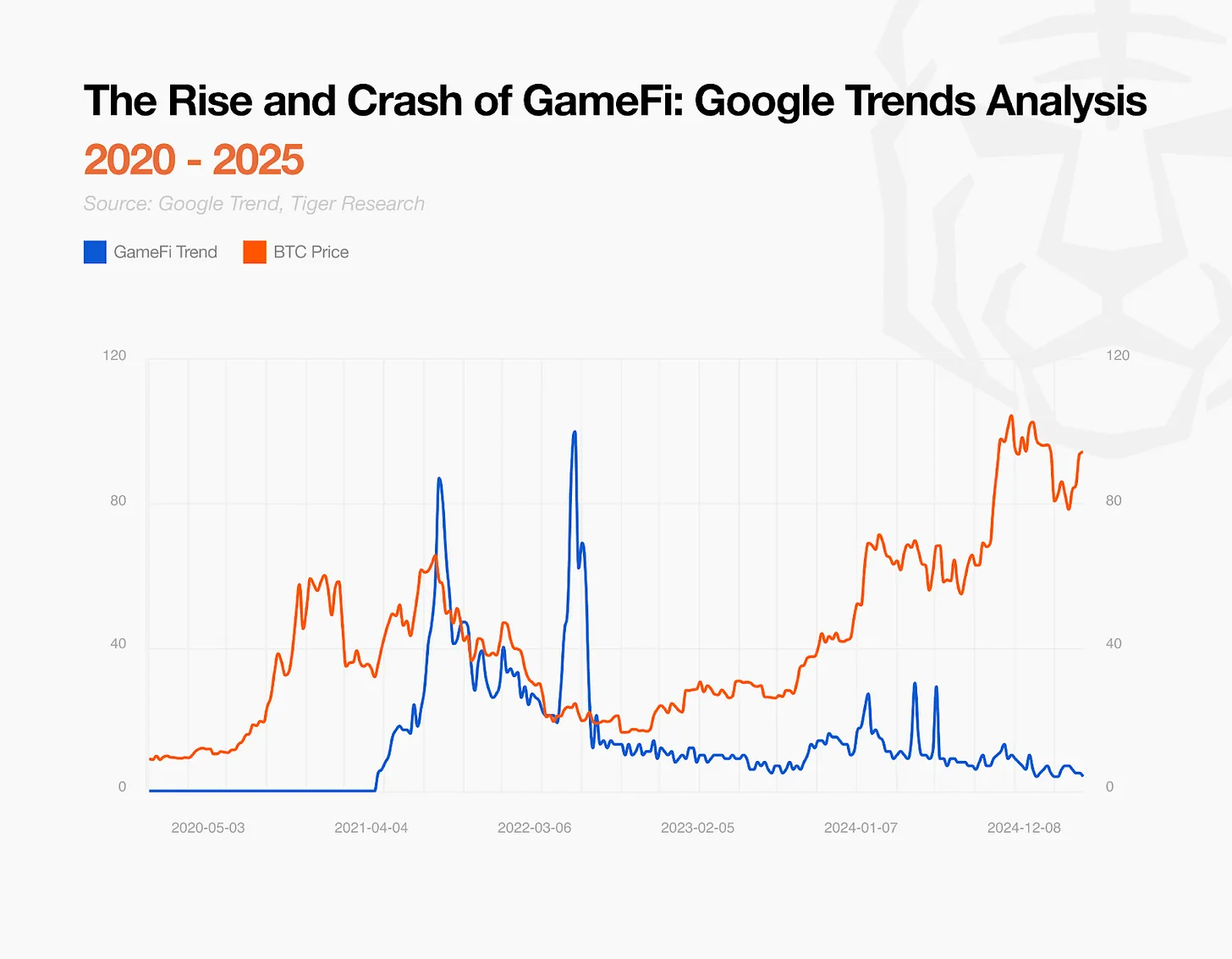
The data confirms this shift. The number of GameFi-related searches on Google Trends continued to decline after the peak, and the trading volume of major GameFi tokens remained low.
Despite this, many builders still believe that Web3 games will be revived. But after the speculative wave recedes, public trust is difficult to rebuild. While the cryptocurrency industry finds new growth points through institutional adoption, the Web3 gaming industry is still stagnant and seeking breakthroughs.
Today, Web3 gaming stands at a critical crossroads: will it become a true vehicle for innovation, or will it become the final chapter of a speculative bubble? To move forward, the industry must confront its limitations and develop a clear breakthrough strategy.
2. The fundamental limitation of Web3 games: walled gardens
The core crisis of Web3 games stems from the closed ecosystem structure. Although it is sold as open and interoperable, the reality is often not satisfactory. Blockchain technology theoretically allows users to own game assets and transfer them freely across game platforms - this is the core value proposition of this field.

However, the current Web3 gaming ecosystem presents a paradox: most games run on isolated blockchain infrastructure, forming a "walled garden". This fragmentation limits the industry's growth potential by fragmenting the already limited user base and diluting liquidity. Game companies compete in a zero-sum environment, fighting for "existing pie" rather than collaborating to "make the pie bigger". This dynamic hinders innovation and drags down overall development.
To break through, Web3 games must break the closed structure and build an open and interoperable ecosystem. This requires going beyond technical tinkering and making a strategic shift from individual competition to collaborative growth, allowing developers, platforms, and communities to create value together.
Some projects have begun to address this challenge. For example, B3, a blockchain gaming infrastructure project initiated by the creator of the Base chain, proposed the vision of "open gaming" to solve the interoperability problem at the structural level and provide a fundamental solution to the fragmentation of the Web3 gaming ecosystem.
3. B3: Opening a new era of open gaming ecosystem
B3 is a blockchain gaming infrastructure project created by former Coinbase employees and founding members of the Base chain. When building the Base ecosystem, the team discovered a key limitation: the existing blockchain infrastructure could not support the high transaction volume requirements of gaming applications, and thus developed a high-performance, low-cost solution specifically tailored for gaming.
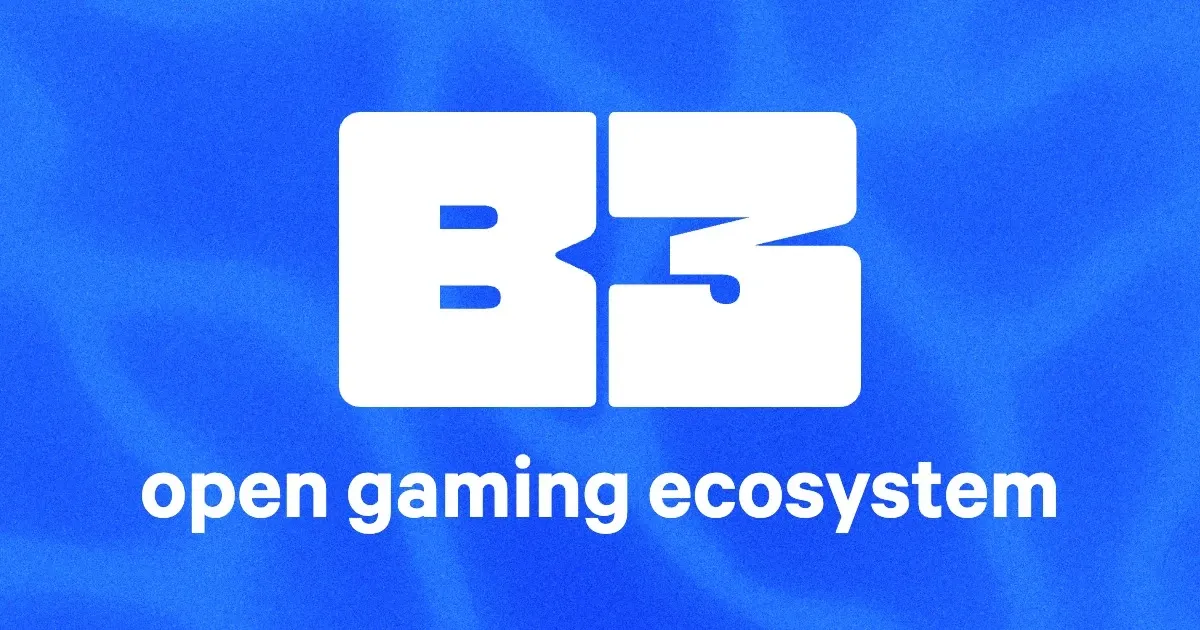
Source: B3
B3's ambition is not limited to optimizing throughput. After the mainnet is launched in August 2024, the team will release the "Open Game Manifesto" to solve the structural problems of Web3 games. The declaration advocates maximum interoperability, so that games are no longer isolated islands, but part of an interconnected and open ecosystem.
B3's technical direction and grand vision have attracted the attention of top investors. The project has raised about $21 million in seed funding from Pantera Capital, Hashed and other institutions. As of May 2025, the B3 chain has reached 6.9 million wallet addresses and accumulated more than 300 million transactions, establishing its leading gaming infrastructure position in the Base ecosystem.
3.1 The third layer of open games: game optimization infrastructure
The Open Gaming Layer³ is the philosophical foundation and technical cornerstone of the B3 vision, achieving two major goals through the concept of the third layer infrastructure:
First , develop a high-performance Rollup infrastructure "B3 Chain" to provide a game optimization environment;
Second , help game companies build horizontally scalable “Game Chains” based on the B3 chain, while achieving independence and maintaining interoperability.
3.1.1 B3 Chain: High-performance Rollup infrastructure built on the Base chain
B3 Chain provides infrastructure for game developers who do not need a dedicated blockchain. Built on the Base chain, it inherits the security and flexibility of the EVM stack, while achieving low-cost and high-performance transaction processing through an off-chain expansion solution based on Optimium.
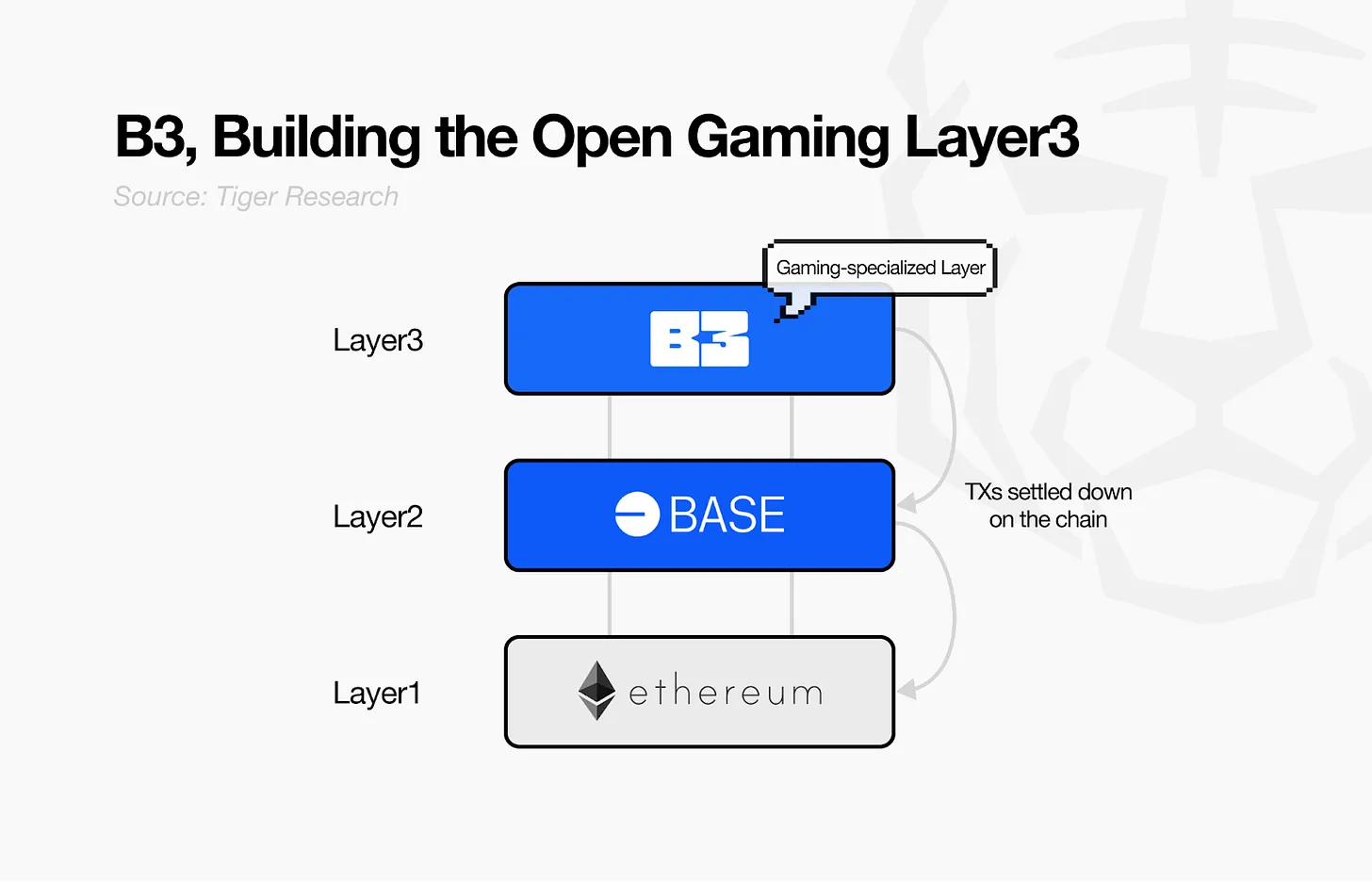
This off-chain third-layer infrastructure is designed specifically to meet the needs of the gaming industry. Existing second-layer solutions improve general performance, but are still limited by cost and throughput when facing millions of concurrent game transactions. This challenge is likened to peak traffic on a multi-lane highway - widening lanes (first layer) helps, but congestion is still difficult to avoid.
B3 Chain solves this bottleneck with a third-layer architecture designed specifically for gaming. By providing dedicated channels for gaming transactions – similar to bus lanes on congested highways (third layer) – it achieves both high throughput and cost efficiency.

As of July 2024, the cost of a single transaction on the B3 chain is only $0.001, significantly lower than Ethereum's first layer ($0.34), Base chain ($0.017) and even Solana ($0.004). This enables developers to operate blockchain games reliably and efficiently, eliminating cost friction.
3.1.2 Game Chain: Customized infrastructure with both independence and scalability
The B3 team provides internal toolkits and technical support to companies that develop "game chains" based on the B3 chain. This model is similar to a network of independent hotels connected by a global reservation system - game companies maintain autonomy while achieving seamless interoperability in the larger B3 ecosystem.
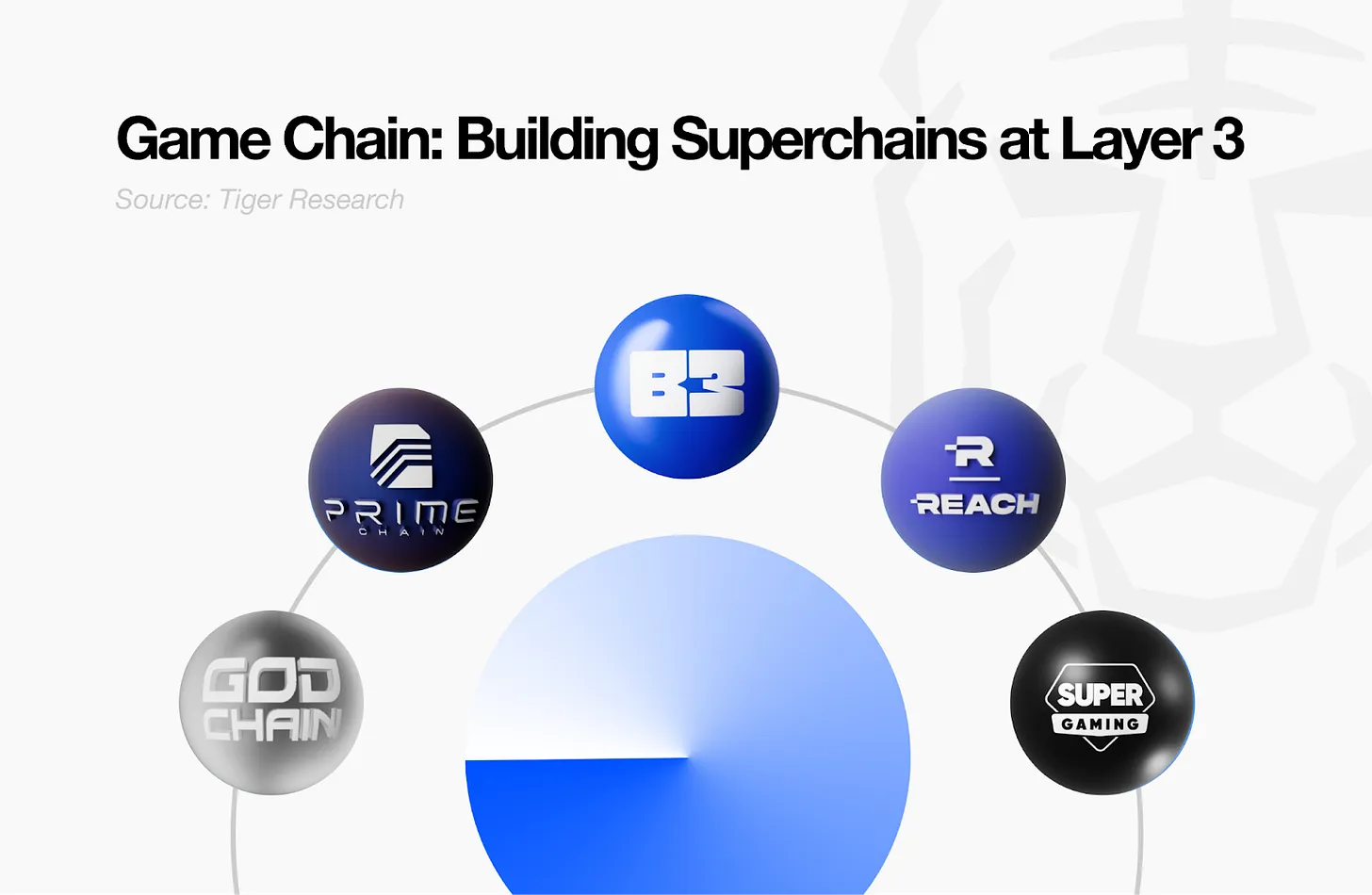
These game chains adopt a hub-and-spoke architecture: the Base chain is the central hub, and the B3 chain and each game chain serve as radial nodes. This structure enables each game to run in an independent high-performance environment while maintaining cross-chain connections and shared infrastructure. B3 extends Optimism's "super chain" concept to the third layer, providing an extensible framework that allows assets and interactions to flow freely between chains without sacrificing sovereignty.
Developers can add functional chains on demand like designing microservices. For example, set up a dedicated chain for high-traffic NFT transactions to avoid the "noisy neighbor problem" (a certain functional load affects the overall infrastructure performance).
Currently four game studios are building game chains:
Parallel Studio's Prime Chain
God Chain of Infinigods
SuperGaming Chain by SuperGaming
MySpace's founding team's Reach chain
These chains form the early pillars of the interconnected open gaming ecosystem supported by the B3 infrastructure.
3.2 Basement.fun: On-chain gaming platform
Basement.fun is the first front-end client of the B3 team, providing a user-friendly blockchain game portal. The platform allows users to experience blockchain games without professional Web3 knowledge, and provides developers with simple tools to deploy and manage blockchain games.
3.2.1 User-friendly design: seamless onboarding experience
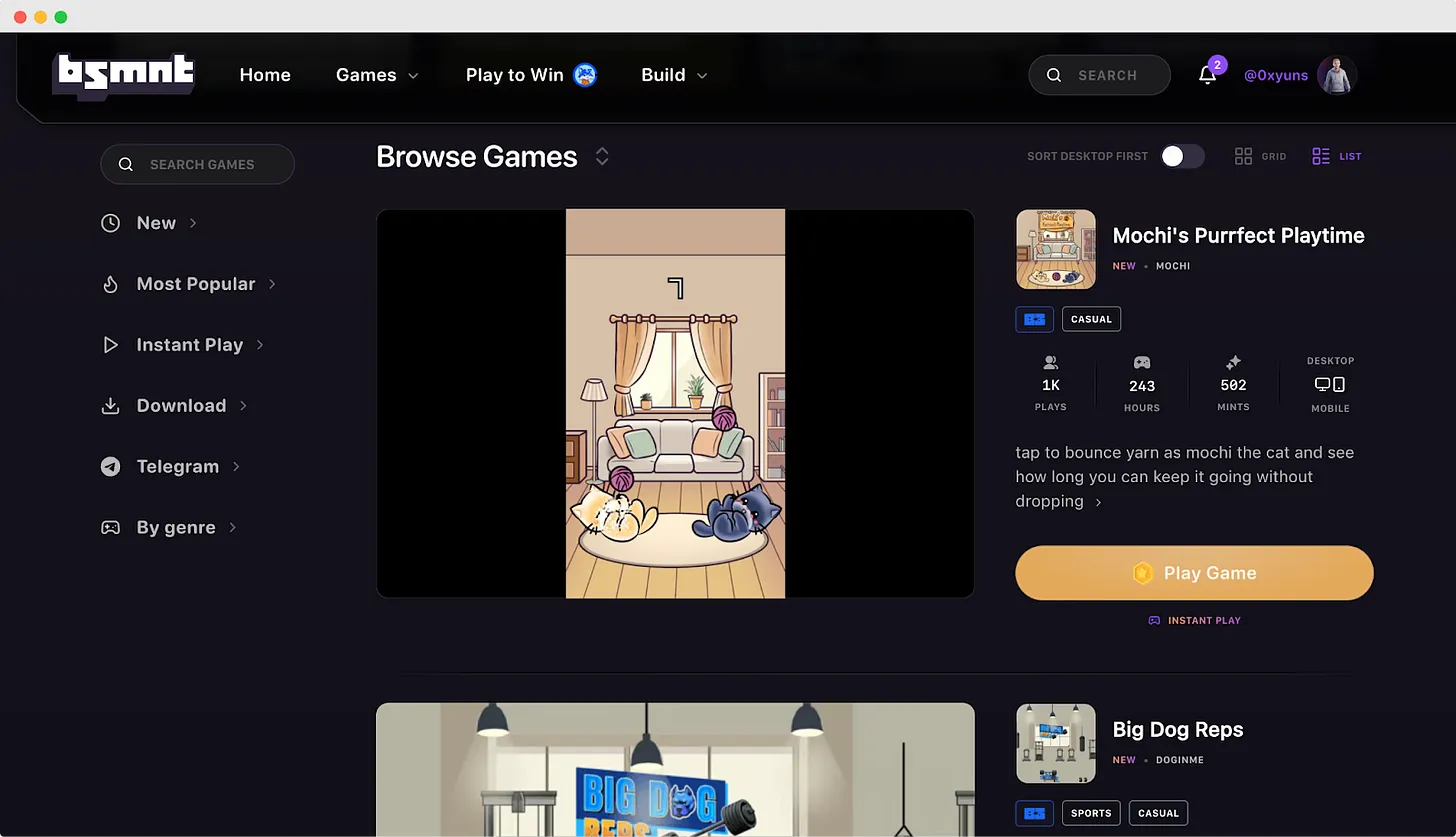
Source: B3, Tiger Research
Users only need an email or mobile phone number to register. The platform supports global account mode that integrates social login, EOA wallets such as MetaMask, and Coinbase smart wallet. The guest mode can also achieve instant gaming without login, greatly reducing the entry threshold.
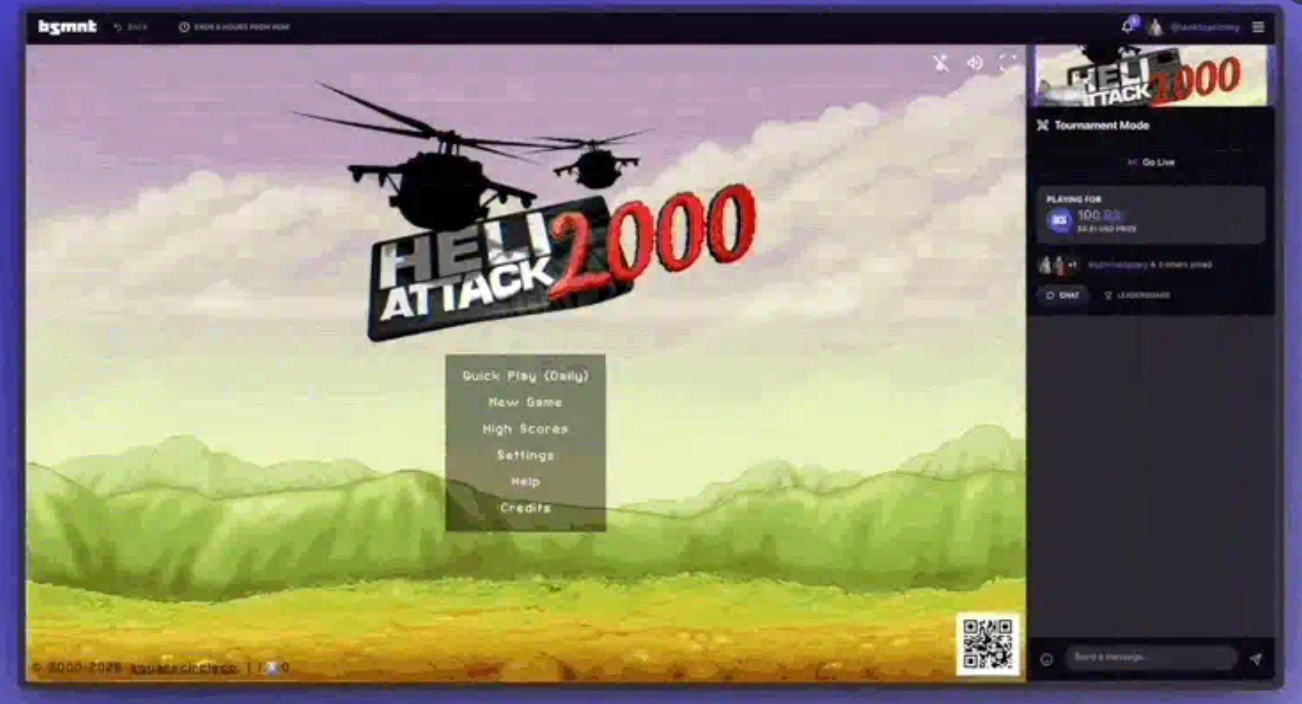
Source: B3
To improve ease of use, Basement.fun uses B3's self-developed account and chain abstraction technology AnySpend. This feature allows users to instantly access cross-chain assets through a single login account - without bridging or exchange, to obtain a smooth experience similar to Web2, making blockchain games accessible to mainstream users.
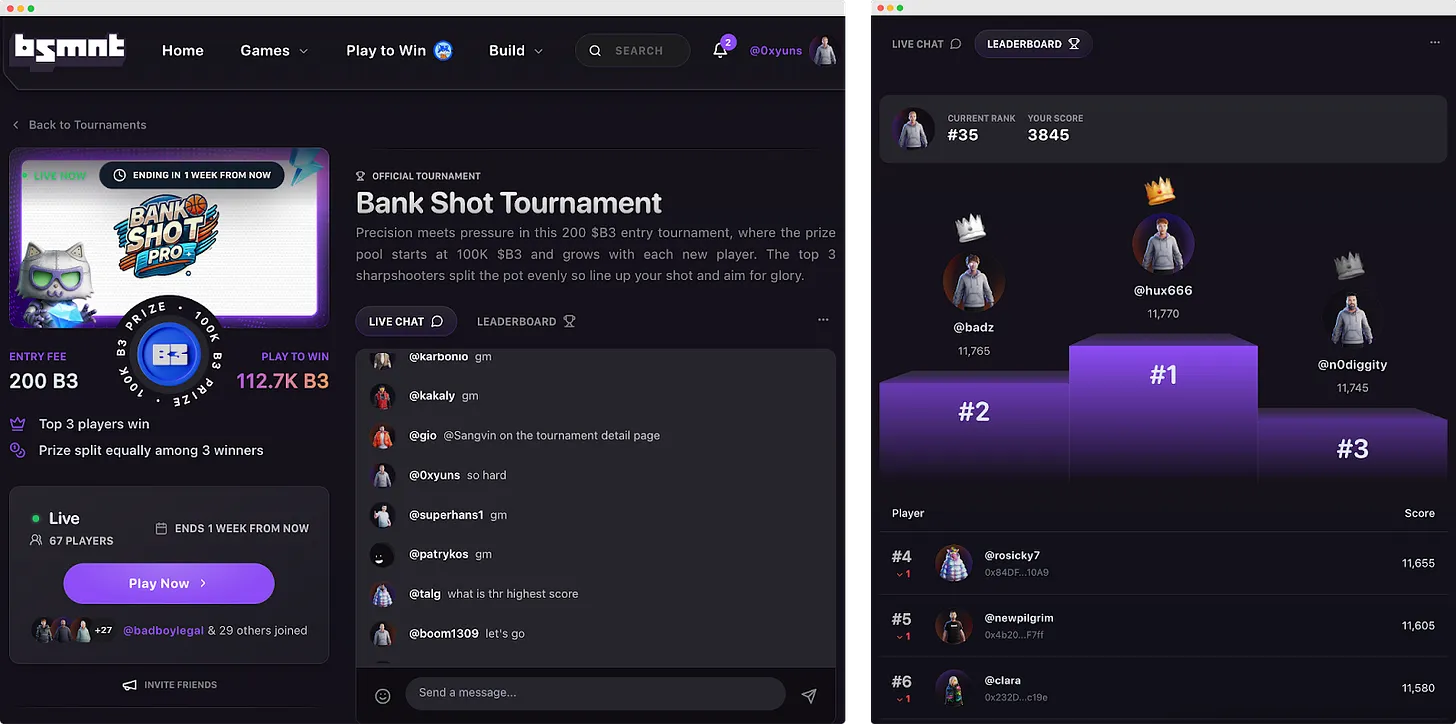
Source: B3, Tiger Research
In addition to games, Basement.fun also serves as a social hub to promote player interaction. The "Play-to-Win" real-time tournament supports immersive experience through competition and cooperation, and all game processes and rewards are recorded on the chain to ensure transparency.
3.2.2 Developer-friendly publishing platform: web game launcher
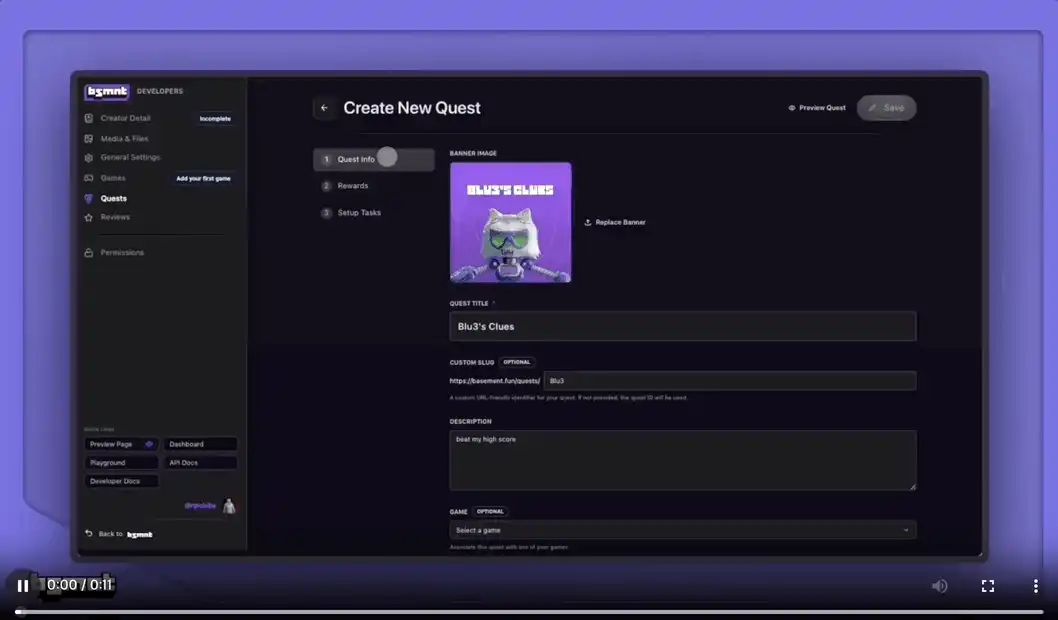
Source: B3
Basement.fun also serves as a publishing platform, providing a web-based game launcher for easy deployment and management of blockchain games. Through the platform, developers can implement key blockchain features such as token gating (limiting access to specific token holders) and a task system based on on-chain activities.
In addition, the platform provides operational tools such as game reviews, ranking management, and notification functions, allowing developers to focus on game design and content creation rather than back-end infrastructure.
4. Hypothesis: The future of the gaming industry that B3 will open up
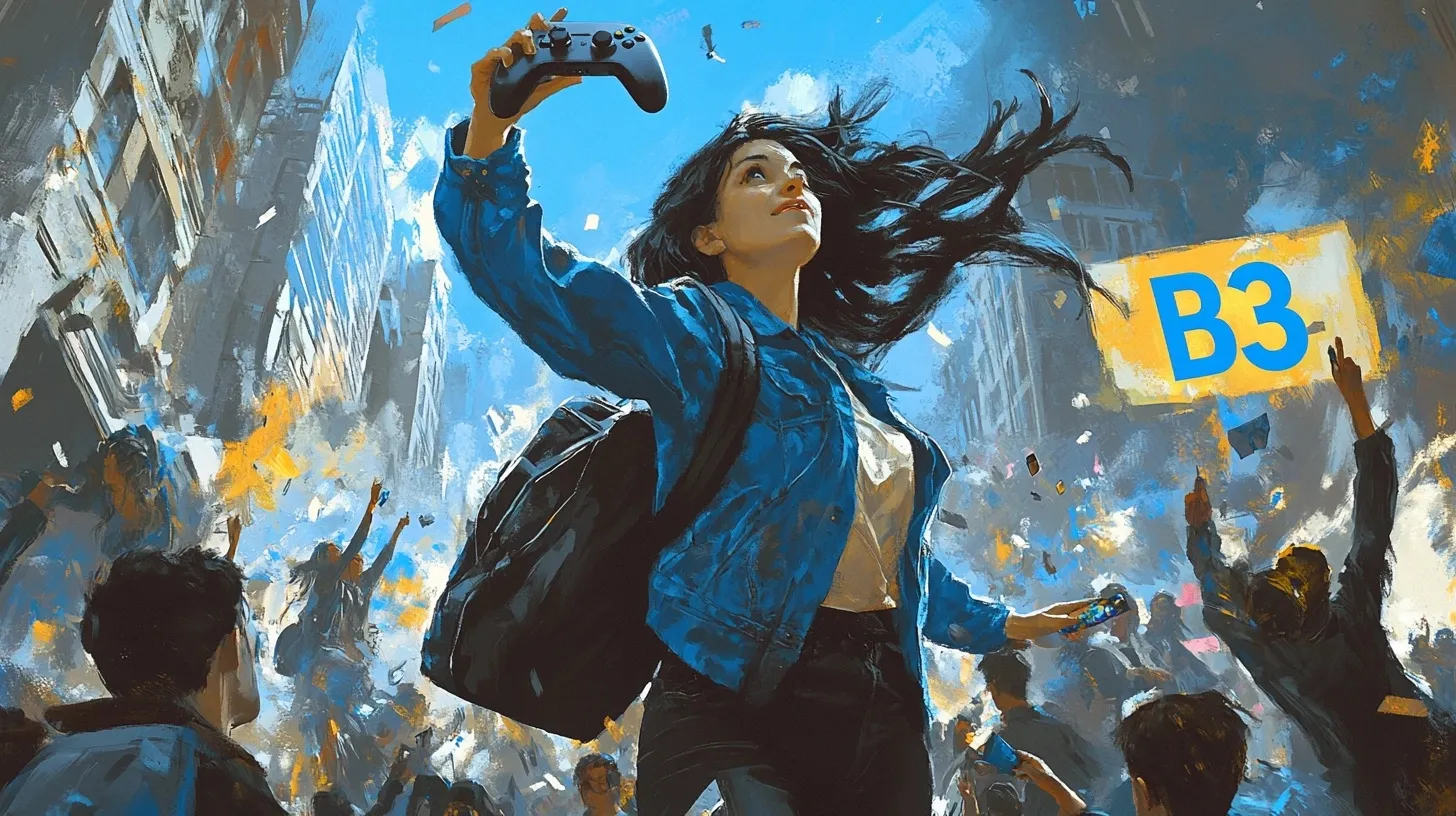
Source: Tiger Research
B3's open gaming vision brings new possibilities not only to Web3 games, but also to the entire gaming industry. Although the traditional industry has developed for decades, it is still constrained by centralized decision-making and closed economic structures. B3 attempts to break through these limitations and open up new paths for innovation by building a more open, interoperable, and community-led ecosystem.
4.1 Hypothesis: Will the decision-making power of game development shift from publishers to the community?
In traditional games, large publishers control core decisions, limiting development and creative diversity. Studios often rely on commercially proven remakes or sequels rather than investing in new IP - leading to stagnation of innovation.
B3 will provide an alternative model through tokenized community governance. Using B3 tokens, the community can directly vote on game projects, and selected works will receive development funds through funding.
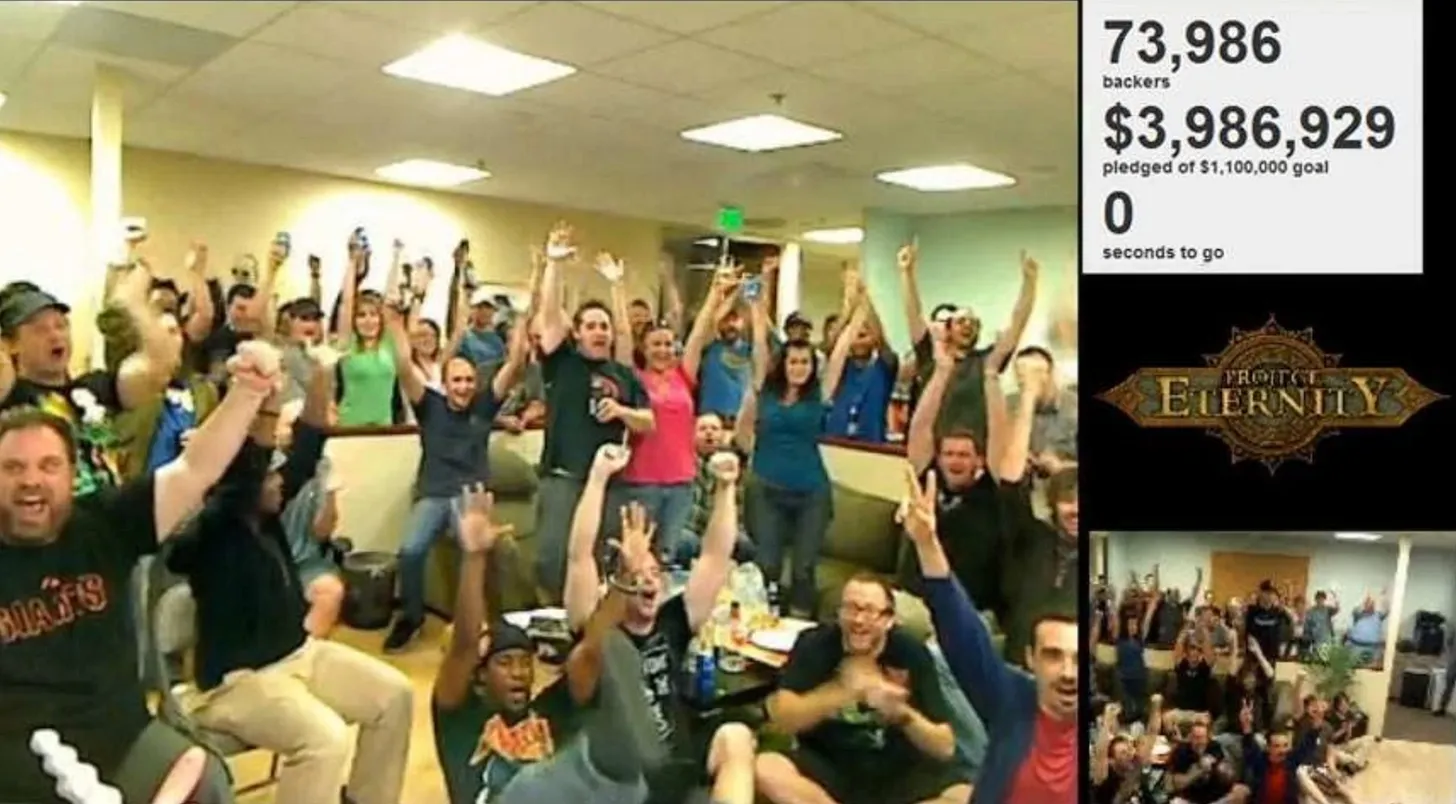
Obsidian Kickstarter countdown live broadcast, source: Obsidian Entertainment
This model allows game development to more transparently reflect the interests of players rather than publishers. Similar to the success of Pillars of Eternity gaining community support through Kickstarter, or Stardew Valley reviving the independent game category of Ranch Moon outside of commercial constraints. B3 aims to open up growth space for original player-driven creativity that is not restricted by top-down market logic.
Ultimately, B3’s open gaming vision goes beyond technical interoperability to introduce a more transparent and inclusive governance structure, injecting new vitality into the gaming industry by empowering the community to shape the direction of development.
4.2 Hypothesis: Is the gaming industry shifting from competition to collaboration?
The traditional gaming industry has structural inefficiencies, most notably the siloing of user data. This fragmentation makes it difficult to accurately target and market across platforms. Coupled with rising user acquisition costs and declining marketing efficiency, the company faces severe challenges.
In contrast, B3 launched a global state system that matches the vision of open games, allowing user data, achievements and reviews to be recorded and shared on all game chains. This shared infrastructure supports more accurate and effective marketing.

Source: B3
B3 proposes multiple collaboration models based on high interoperability. The "shared incentive" model encourages games to expand their user base through cooperation, replacing exclusive user competition. For example, if a user of Game A buys props in Game B, Game A will receive part of the revenue as a referral reward.
The "shared liquidity" model enables free flow between game tokens through B3 tokens or other underlying assets. This allows games to focus on content development and ecosystem collaboration rather than fragmenting resources in the competition for liquidity. These models directly respond to the volatility and inefficiency of the Web3 market. At the beginning of this year, the liquidity of tokens related to Trump and Melania fluctuated dramatically, exposing the fragility of the existing system and the short-term speculation of the project.
B3's collaborative ecosystem points the way for Web3 games to achieve sustainable long-term development - transcending competitive fragmentation and moving towards shared value creation.
4.3 Hypothesis: Is the boundary between games and finance blurring?
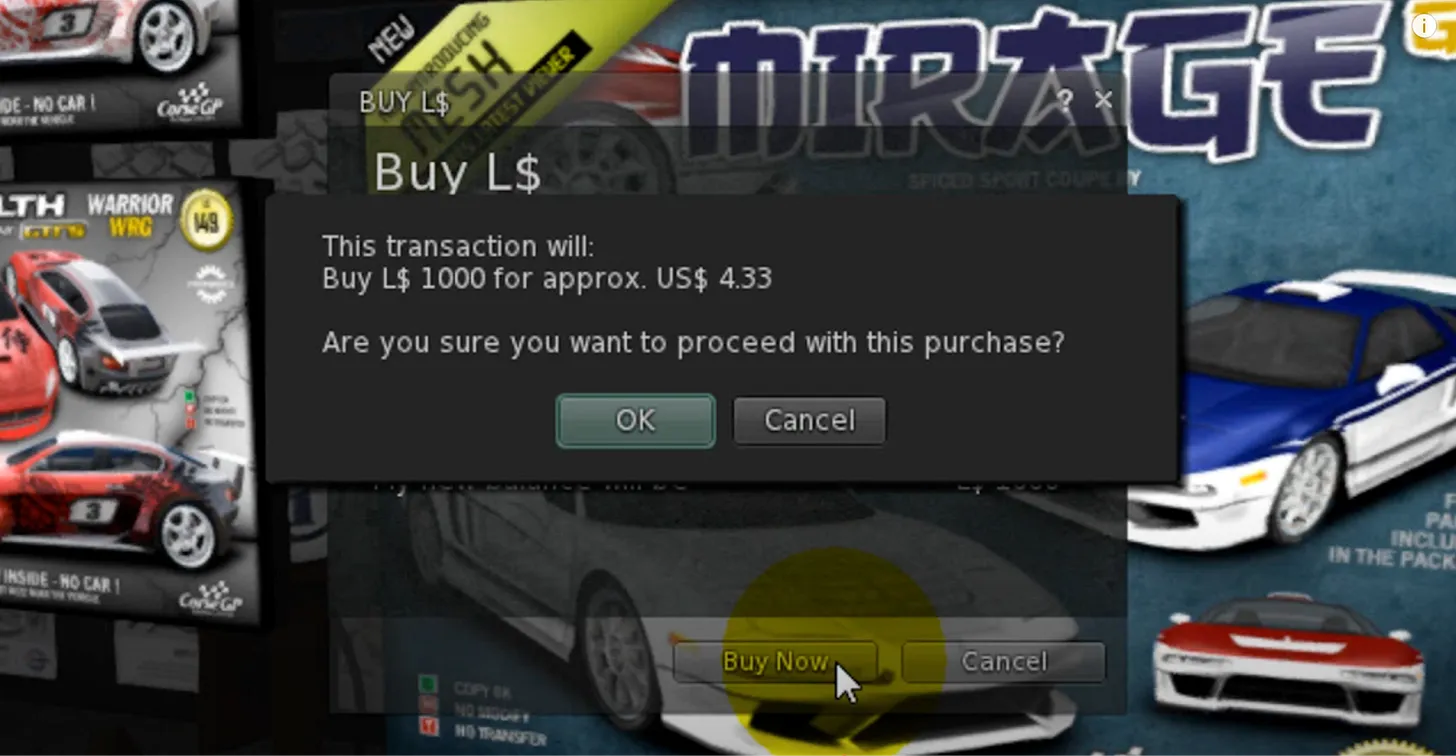
Linden dollar transactions in Second Life, source: Second Life
The gaming industry has long connected the virtual and real economies. For example, Roblox creators monetize their game content, and the Linden Dollar economy built by Second Life is comparable to the GDP of a small country.
However, these economic systems operate in a closed environment. Platforms and publishers charge high fees, and users are restricted to creating and capturing value within a specific ecosystem. This platform-centralized structure prevents users from fully realizing their economic potential.
B3 solves these problems by building an open and expansive economic ecosystem with high interoperability. In the B3 ecosystem, each game chain supports the seamless use of digital assets across game environments. The shared token precipitation model allows players to use B3 tokens to obtain advanced items or special tasks across games, creating a value cycle that transcends the boundaries of games. This effect is similar to the expansion of economic activities from domestic markets to global trade, increasing market size and liquidity.
This structure expands user economic activities from a single game to the entire B3 ecosystem, enabling users to truly own and manage the value they create. B3 will connect virtual assets more closely with the real economy, establishing games as a legitimate economic activity beyond entertainment. Its infrastructure will make models such as the Axie Infinity Scholarship more complete and popular.
5. Conclusion
The Web3 gaming industry is going through a transition similar to the dot-com bubble of the early 2000s. Initial hype and speculative interest have given way to a downturn, raising fundamental questions about sustainability and exposing unexpected challenges. Such cycles are a necessary stage in the maturation of disruptive technologies. The industry must now focus on accurate self-assessment, practical problem solving, and innovative value conversion.
In this context, B3's "Open Gaming Vision" is of great significance. They not only create new games, but also clearly diagnose the structural problems of the Web3 gaming industry and provide specific solutions. While emphasizing the interoperability of technical philosophy, they build an open and collaborative ecosystem. B3 brings together core members who have pushed the Base chain to the forefront of the second-layer market. Its team includes experts in DeFi, governance, game infrastructure, social platforms and NFT, and has both technical infrastructure capabilities and experimental model implementation experience.
In short, B3's open gaming vision is expected to solve practical problems in the Web3 gaming industry and contribute diversity and creativity that traditional games lack. If its vision succeeds, Web3 games will break through the niche market of cryptocurrency enthusiasts and gain a real competitive advantage to attract mainstream players. These changes may have a profound impact on the broader gaming industry in the long run.















